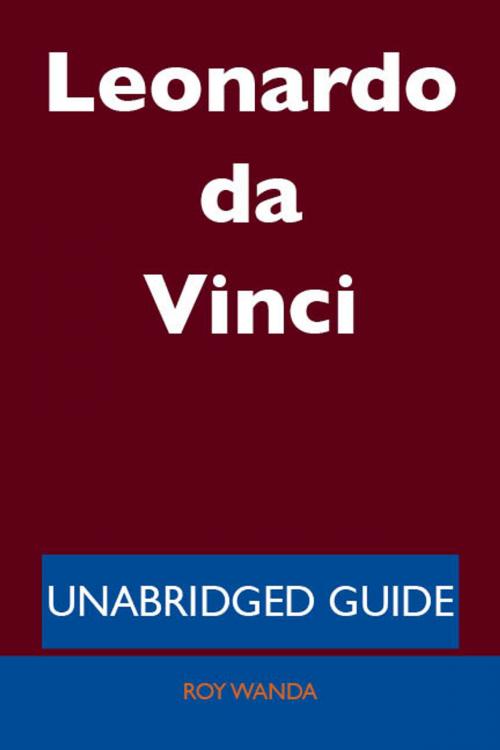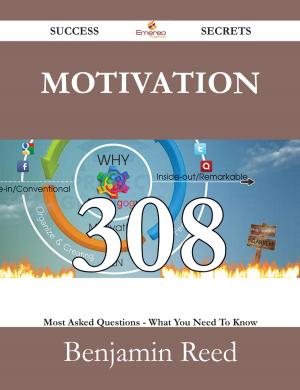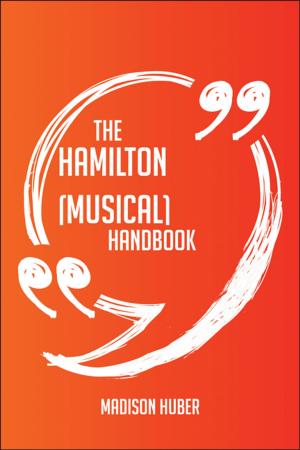| Author: | Roy Wanda | ISBN: | 9781486428601 |
| Publisher: | Emereo Publishing | Publication: | October 24, 2012 |
| Imprint: | Emereo Publishing | Language: | English |
| Author: | Roy Wanda |
| ISBN: | 9781486428601 |
| Publisher: | Emereo Publishing |
| Publication: | October 24, 2012 |
| Imprint: | Emereo Publishing |
| Language: | English |
Here's part of the content - you would like to know it all? Delve into this book today!..... : Relatively few of his designs were constructed or were even feasible during his lifetime,[nb 3] but some of his smaller inventions, such as an automated bobbin winder and a machine for testing the tensile strength of wire, entered the world of manufacturing unheralded. [nb 4] He made important discoveries in anatomy, civil engineering, optics, and hydrodynamics, but he did not publish his findings and they had no direct influence on later science.
...Many of his most prominent pupils or followers in painting either knew or worked with him in Milan, including Bernardino Luini, Giovanni Antonio Boltraffio and Marco D'Oggione. [nb 14] However, he did not stay in Milan for long because his father had died in 1504, and in 1507 he was back in Florence trying to sort out problems with his brothers over his father's estate.
... Some 20 years after Leonardo's death, Francis was reported by the goldsmith and sculptor Benevenuto Cellini as saying: There had never been another man born in the world who knew as much as Leonardo, not so much about painting, sculpture and architecture, as that he was a very great philosopher.
... Other characteristics found in this work are the unadorned dress, in which the eyes and hands have no competition from other details, the dramatic landscape background in which the world seems to be in a state of flux, the subdued colouring and the extremely smooth nature of the painterly technique, employing oils, but laid on much like tempera and blended on the surface so that the brushstrokes are indistinguishable. [nb 23] Vasari expressed the opinion that the manner of painting would make even the most confident master . . . despair and lose heart.
There is absolutely nothing that isn't thoroughly covered in the book. It is straightforward, and does an excellent job of explaining all about Leonardo da Vinci in key topics and material. There is no reason to invest in any other materials to learn about Leonardo da Vinci. You'll understand it all.
Inside the Guide: Leonardo da Vinci, Genius, Fresco, Francis I of France, Franchinus Gaffurius, Francesco Melzi, Florence Baptistery, Florence, Equestrian statue of Gattamelata, Equestrian statue, Early Netherlandish painting, De divina proportione, David (Verrocchio), Cultural depictions of Leonardo da Vinci, Codex on the Flight of Birds, Codex Trivulzianus, Codex Leicester, Codex Atlanticus, Codex Arundel, Clos Lucé, Château d'Amboise, Chiaroscuro, Cesare Borgia, British Library, Biomechanics, Bill Gates, Biblioteca Ambrosiana, Bernardino Luini, Bernard Berenson, Benois Madonna, Bacchus (Leonardo), Architonnerre, Annunciation (Leonardo), Annunciation, Andrea del Verrocchio, Andrea del Sarto, Amboise, Albrecht Dürer, Aerial perspective, Adoration of the Magi (Leonardo da Vinci)
Here's part of the content - you would like to know it all? Delve into this book today!..... : Relatively few of his designs were constructed or were even feasible during his lifetime,[nb 3] but some of his smaller inventions, such as an automated bobbin winder and a machine for testing the tensile strength of wire, entered the world of manufacturing unheralded. [nb 4] He made important discoveries in anatomy, civil engineering, optics, and hydrodynamics, but he did not publish his findings and they had no direct influence on later science.
...Many of his most prominent pupils or followers in painting either knew or worked with him in Milan, including Bernardino Luini, Giovanni Antonio Boltraffio and Marco D'Oggione. [nb 14] However, he did not stay in Milan for long because his father had died in 1504, and in 1507 he was back in Florence trying to sort out problems with his brothers over his father's estate.
... Some 20 years after Leonardo's death, Francis was reported by the goldsmith and sculptor Benevenuto Cellini as saying: There had never been another man born in the world who knew as much as Leonardo, not so much about painting, sculpture and architecture, as that he was a very great philosopher.
... Other characteristics found in this work are the unadorned dress, in which the eyes and hands have no competition from other details, the dramatic landscape background in which the world seems to be in a state of flux, the subdued colouring and the extremely smooth nature of the painterly technique, employing oils, but laid on much like tempera and blended on the surface so that the brushstrokes are indistinguishable. [nb 23] Vasari expressed the opinion that the manner of painting would make even the most confident master . . . despair and lose heart.
There is absolutely nothing that isn't thoroughly covered in the book. It is straightforward, and does an excellent job of explaining all about Leonardo da Vinci in key topics and material. There is no reason to invest in any other materials to learn about Leonardo da Vinci. You'll understand it all.
Inside the Guide: Leonardo da Vinci, Genius, Fresco, Francis I of France, Franchinus Gaffurius, Francesco Melzi, Florence Baptistery, Florence, Equestrian statue of Gattamelata, Equestrian statue, Early Netherlandish painting, De divina proportione, David (Verrocchio), Cultural depictions of Leonardo da Vinci, Codex on the Flight of Birds, Codex Trivulzianus, Codex Leicester, Codex Atlanticus, Codex Arundel, Clos Lucé, Château d'Amboise, Chiaroscuro, Cesare Borgia, British Library, Biomechanics, Bill Gates, Biblioteca Ambrosiana, Bernardino Luini, Bernard Berenson, Benois Madonna, Bacchus (Leonardo), Architonnerre, Annunciation (Leonardo), Annunciation, Andrea del Verrocchio, Andrea del Sarto, Amboise, Albrecht Dürer, Aerial perspective, Adoration of the Magi (Leonardo da Vinci)















